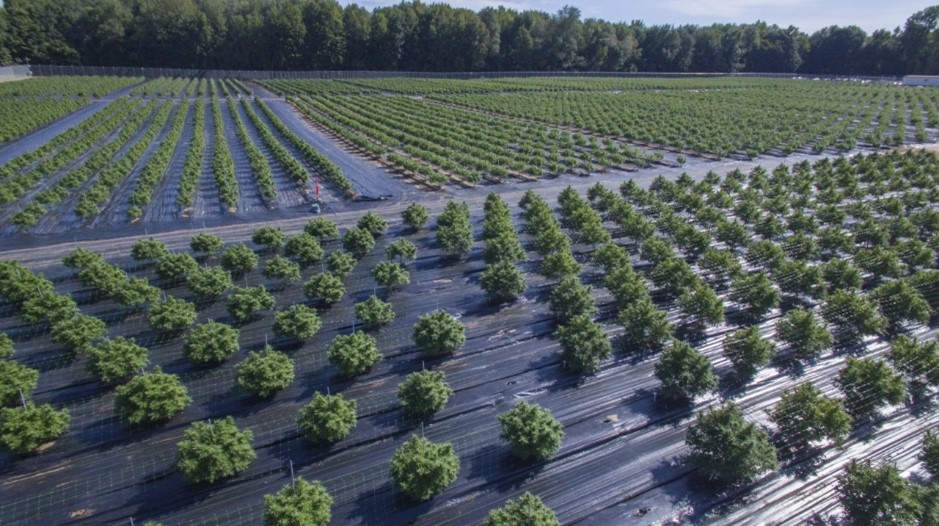 Share
Share
 Tweet
Tweet
 Share
Share
 Share
Share
How eTail is changing
Amazon has rung in the end of an era with the end of its Dash Button program which was launched in 2015 and has generated about 6,000 orders per day.
The small electronic device was developed to ensure that replenishing frequently ordered products was easy and fast.
The end of this program has been heralded as the logical evolution, with seamless replenishment as the end goal.
What is next for eTail?
However, we need to consider what is next. The answer may preemptive shipping where retailers like Amazon predict what their shoppers might want to purchase.
Consider the plethora of data Amazon and the like have on each user. This allows them some insight into their customers’ mindset. Accordingly, they are able to take a stab at what these customers would like to buy. Scott Galloway refers to this as “zero-click ordering”.
What does this mean?
This progression has a couple of different consequences. Namely, we need to consider what happens when brands carry less weight, and essentially basket fulfillment is handled by AI and is based on your previous shopping habits.
Bob Keahiloa Wong, our Skill UP!™ Master Black Belt, a consumer packaged goods (CPG) industry veteran, commented on this by saying, “I do think that technology will continue to make a difference relative to how commerce transacts, but it’s a mistake to underestimate the power of the shopper. While artificial intelligence, machine learning and predictive analytics have to potential to automate “orders”, the shopper will always have the final call.
He adds, “Imagine that Sally, a single working mother of two, comes home from work one day to find a “zero-click order” waiting for her on her kitchen counter (i.e. Amazon Key). Inside she discovers not only a product that she doesn’t need, but it is a competitive brand to a product line that her sister works on as a Marketing Manager. Upset about both the inconvenience as well as the inappropriate presumption on the part of the retailer, Sally demands that the product be picked up at their cost and a full refund be issued.”
Shopper loyalty comes into play
Another consideration is that consumer choice will be more limited on a channel that was supposed to make consumer choice nearly endless because there weren’t any physical shelf restrictions.
Bob notes “Shopper loyalty is much broader than just the convenience of having products delivered at a good price. Retailers who excel at shopper loyalty understand that it is also about the relationship and trust that is built with each shopper.”
He expands, “In Sally’s case, if the retailer who shipped the undesired product is not willing to adjust their ordering system to meet Sally’s preferences, she will shift her loyalty to another retailer that is willing to cater to her needs and product preferences. At the end of the day, consumers have product preferences – whether that be brand preferences, price preferences, etc. Shoppers cast their “votes” on which products will win every time they make a purchase at the “cash register” – not the other way around, meaning retailers don’t dictate what products will win in the marketplace.”


 Scott Matthews
Scott Matthews




